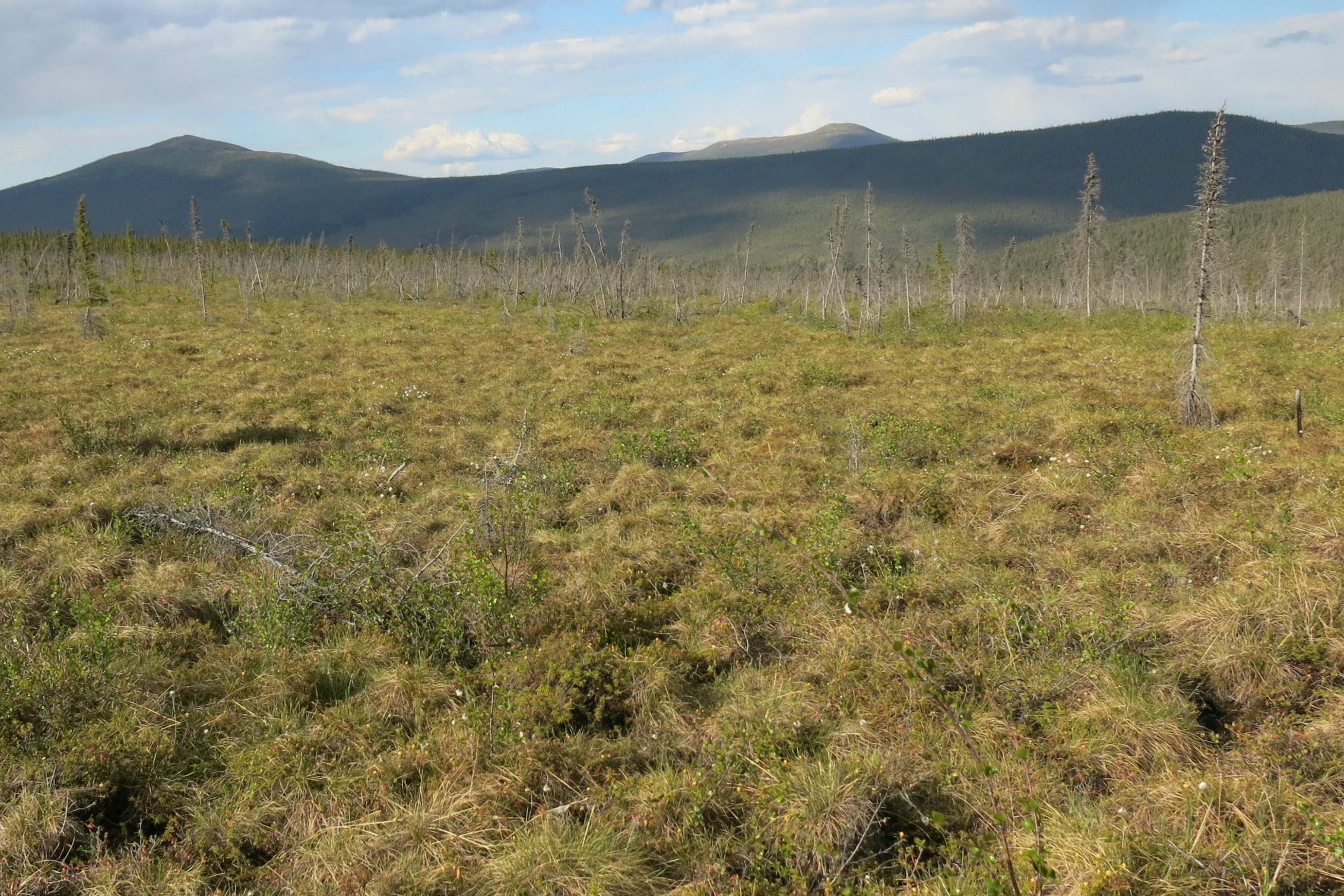What the new IPCC climate report means for the Arctic
OPINION: A new report includes details on how dramatically the Arctic will change under future warming scenarios — but American leadership in curbing climate change is absent.

If a half-degree temperature rise in world temperatures doesn’t sound alarming, the latest report from the International Panel on Climate Change should put that notion to rest, but it won’t.
In the Arctic, the long-term difference between 2 degrees of global warming (3.6 degrees Fahrenheit) and 1.5 degrees (2.7 degrees Fahrenheit) would translate into drastic changes on land, sea and air, according to the world’s leading climate scientists.
“Rising temperatures, thawing permafrost and changing weather patterns will increasingly impact on people,
infrastructure and industries in the Arctic, with these impacts larger at 2 degrees C vs 1.5 degrees C of warming,” the group said.
With a two-degree increase, the region would see sea ice give way to open water, vast expanses of tundra give way to boreal forests and shorelines erode away under the onslaught of heavier storms. The region would also see more rain, more wildfires and warmer temperatures, which in turn would mean widespread thawing of underlying permafrost.
The report, released last week, provides a sobering assessment of the challenge facing humanity: Without unprecedented action to limit carbon emissions, it will be hard to limit future temperature increases to 1.5 degrees above pre-industrial levels.
The IPCC assessment by 91 authors from 41 countries provides the latest distillation of the top scientific information on climate, with more than 6,000 references and tens of thousands of comments.
World temperatures have already climbed about 1 degree since the 1800s, largely because of the increase in carbon dioxide emissions from burning fossil fuels.
The Arctic has already seen the most rapid climate change, with temperatures climbing by 1.9 degrees C over the last 30 years, the IPCC said. The changes are magnified in the Arctic and future temperature increases in the region could be twice or three times the global average.
The IPCC document is one step in the implementation of the Paris climate accord of 2015 — when 195 nations agreed on the need to try to hold the increase in the global average temperature to 1.5 degrees C.
For the Arctic, a 2-degree rise worldwide would recast the region in profound ways, triggering a cascade of environmental changes.
Perhaps most prominent among those will be to sea ice.
“It is very likely that there will be at least one sea-ice free Arctic summer out of 10 years for warming at 2 degrees C, with the frequency decreasing to one sea-ice-free Arctic summer every 100 years at 1.5 degrees C,” the IPCC said.
“Some studies are even indicative of the entire Arctic Ocean summer period becoming ice-free under 2°C of global warming whilst other more conservatively estimate this probability to be in the order of 50 percent,” the IPCC report said.
With a rise higher than 2 degrees, the “Arctic is very likely to be ice-free in summer.”
Warming means big changes on land, too, with large expanses of tundra transforming to boreal forests, and permafrost thawing, some studies predict.
For permafrost, a temperature increase of more than 2 degrees could be a tipping point, with the melting of permafrost releasing more carbon, leading to more melting and more warming.
“This feedback loop between warming and the release of greenhouse gas from thawing tundra represents a potential tipping point,” the group said.
“The disparity between the multi-millennial timescales of soil carbon accumulation and potentially rapid decomposition in a warming climate implies that the loss of this carbon to the atmosphere is essentially irreversible,” the group said.
But holding the increase to 1.5 degrees could keep the permafrost beneath about 2 million square kilometers (an area roughly the size of Mexico) from thawing.
If there is a knowledge gap about the Arctic and climate change, it is what temperature level will trigger the widespread release of carbon from permafrost and how this might relate to climate stabilization.
The Arctic is one of the regions (along with Tibet, the Himalayas, South Africa and Australia) where the risks associated with allowing warming to increase from 1.5 degrees to 2 degrees are particularly high.
Yet the report comes at a time when President Donald Trump and the Republican Congress want to pretend that nothing is happening and that climate change is inconsequential.
Despite being an Arctic nation, the United States is withdrawing from any leadership position on the issue — which makes a warming of 2 degrees or higher, and all of the related consequences, more likely.
Columnist Dermot Cole lives in Fairbanks. He can be reached at [email protected].
The views expressed here are the writer’s and are not necessarily endorsed by ArcticToday, which welcomes a broad range of viewpoints. To submit a piece for consideration, email commentary (at) arctictoday.com.